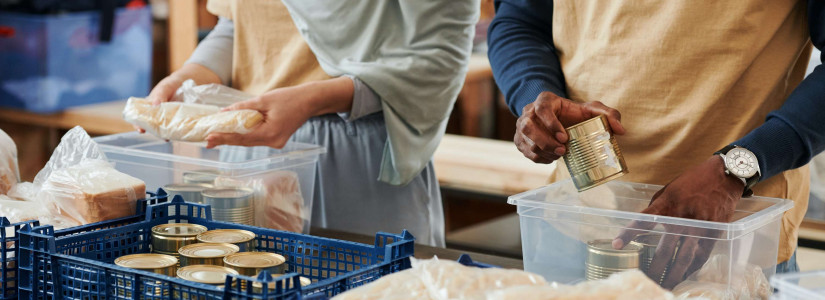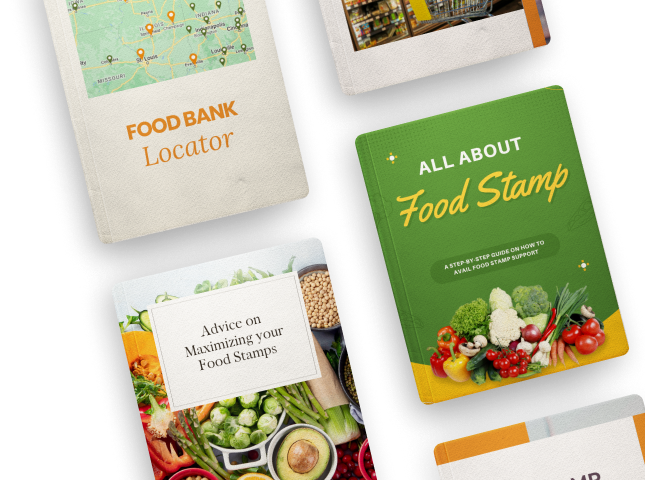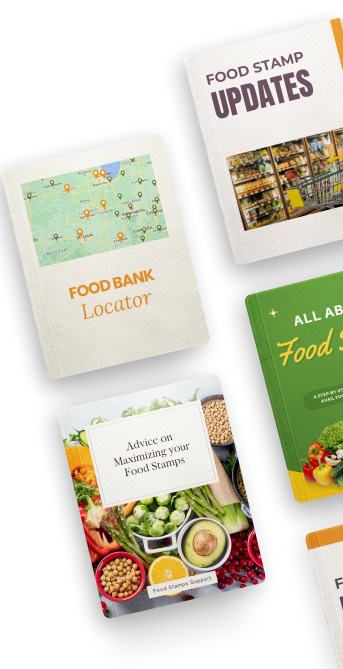Snap Benefits Increase to Combat Inflation

The Supplemental Nutrition Assistance Program, known by its acronym "SNAP", is the government program that came along to replace food stamps some years ago. The idea behind this was two-fold.
First, many of the tens of millions of people who relied on food stamps felt as if handing those stamps over at a register was very degrading and embarrassing, and so a more modern government wanted to address that.
Though the bigger issue at hand was the fact that America's currency is all but digital now, and so it's just far easier, more efficient, and even cheaper for the government to issue a debit card that automatically reloads every month.
As of October, 2021, just north of 40 million Americans are officially on SNAP benefits, and they will be receiving an increase in the coming weeks.
Some Americans have already received their SNAP increases, but these are expected to roll out across the board in the coming weeks. The benefits will increase by 27%, which means a family of four, who received around $650 per month, will see that benefit increase by over $150.
The government realizes how weak the dollar has gotten recently, and also how high food prices are rising. People who were on maximum benefits have reported not being able to afford basic necessities. Even for single people drawing SNAP benefits, they're expected to see around a $40 increase.
Many have pointed out how odd it is that the government is just now getting around to increasing these benefits, when the beneficiaries of this program have been asking for such for nearly a year now.
Inflation Affects the US
In the past 12 months, the official number is that inflation has risen 5.6%. However, this is just base rate inflation, which is a general average of how much the prices of things have gone up. While the Biden administration touts a 5.6% universal average, normal people are still unable to buy food.
Because there are other things that have not risen in price — such as insurance rates, automobiles, some electronics, etc — it's hard to get an accurate reading on just how much groceries have gone up. Some economists and various reports claim that the average grocery bill is up over 30% since last year. This is what lead to the extra 27% added to SNAP benefits.













